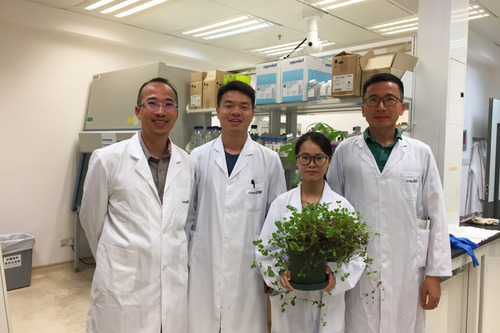 Researchers from the ICMS has found a way to make pesticides environmentally friendly
Researchers from the ICMS has found a way to make pesticides environmentally friendly
Researchers from the Institute of Chinese Medical Sciences (ICMS) at University of Macau (UM) recently developed a new type of supramolecular nanovesicles loaded with high-potent herbicides, which may replace Paraquat, the most widely used pesticide in mainland China that is known to be detrimental to both human health and the environment. The supramolecular nanovesicles are expected to significantly reduce the toxicity to users caused by pesticides. The study has been published by the leading multidisciplinary open access journal Nature Communications, with a patent pending in China.
Agricultural pollution caused by the use of pesticides is a major problem in the industrialisation and internationalisation of Chinese medicine. Paraquat, the most widely used pesticide in mainland China, although cheap and effective, causes tens of thousands of deaths in China every year because people consume the pesticide either by mistake or to commit suicide. Moreover, extended exposure to Paraquat often leads to neurodegenerative diseases (such as Parkinson’s Disease) and pulmonary fibrosis. To address this problem, two research teams from the ICMS, led by Assistant Professor Wang Ruibing and Professor Simon MY Lee respectively, developed a new type of supramolecular nanovesicles loaded with high-potent herbicides, which can serve as a harmless and user-friendly substitute for Paraquat.
The research study is titled ‘A User-friendly Herbicide Derived from Photoresponsive Supramolecular Vesicles’. The supramolecular nanovesicles were designed based on the principles of supramolecular self-assembly. This novel formulation is very stable in the absence of sunlight, but extended solar irradiation can convert the azobenzene derivative inside this nanovesicles from its trans- to cis- form in the supramolecular structure, which in turn dissociates the nanovesicles and releases the payload (herbicides). Experiments have shown that the sunlight-responsive, novel Paraquat formulation may significantly reduce the toxicity of Paraquat to humans via extensive in vivo studies in a mouse model, while maintaining its weed control performance.


